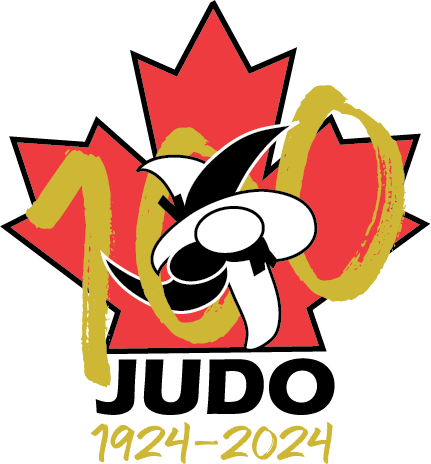To fight fairly and with respect.
29 December 2005Someone to whom I owe so much
29 December 2007is the editor in chief and creative content provider for Judo Inside. As journalist Van Essen visited a countless number of events. The black belt judoka was leading the international press conferences at the Sydney and Athens Olympic Games and various World- and European Championships as well press manager at World Championships. His unmatched knowledge of international judo will be one of our key success factors for this new blog.
Before you know the IJF Tour continues with the first Grand Prix in Tunis. The Masters are just over which resulted in some huge changes in the IJF World Ranking. The African Open in Tunis was a qualification tournament over the last few years, but now it has a Grand prix status and 700 instead of 100 points can be gained.
Also Agadir will have a Grand Prix in March and the Grand Slam of Tokyo will now be held in Osaka. There’s a total of 17 competitions throughout the year, including the World Championships in Baku. There’s now going to be at least one IJF event per month throughout the whole year, six in the first three months. So athletes can periodise their preparation on the major events, such as the Worlds in Azerbaijan, now held in September. It’s better to be good in the last period of the year where first of all the Olympic qualification starts and in the last three months of the points can be captured.
Last year the World Championships (726), Tokyo (417) and Paris (412) attracted the most participants. Tashkent (181), Baku (182) and Cancun (185) had the least participations, more a reason to go there this time for the likely easiest points with Tunis (122) and Agadir (new).
In the comparable first Olympic Qualification year 2014, Canada took 17 medals in the IJF Tour. Last year, with more events team Canada collected 12 medals.
Starting the new year some slight rule modifications are conducted by IJF. JudoCrazy analysed the new rules and notes the Top 5 ways how judo will be affected (not in any order of significance).
- Leg grabs are considered a normal shido.
Long gone are the days when a single leg grab (or even a mere touch) would result in hansoku-make. Now, also gone is the two leg grabs = hansoku-make rule. Leg grabs are now a regular shido infringement so you will get hansoku-make only if you get three of those. The most likely impact of this new change is that people will be less conservative in their style of play. In the past, you had to be super careful not to even touch the legs. Now, you can try more things and if you accidentally touch your opponent’s leg, it’s just a shido.
- You cannot win by shido in Golden Score.
Well, this is not exactly true because if your opponent gets three shidos, they will get hansoku-make and you will win. But you cannot win through shido play in Golden Score. That’s a significant game-changer. We all know that the common strategy in Golden Score is to attack your opponent three times without answer in order to get them to incur a shido. That strategy will largely be negated by this rule. Instead, players will have to try to actually score a point during Golden Score, in order to win. Since Golden Score is tiring, most players will probably want to try to score and win during regular time. So, I anticipate a reduction in matches going into Golden Score.
- The return of waza-ari-awasatte-ippon.
This too will cause players to try to score faster in order to end the match early. These days, waza-aris are also given to what was formerly yukos, so it makes sense for players to try to get two small scores to win the match outright. It might lead to a reduction in outright ippons but we should see a lot of waza-ari-awasatte-ippons. Overall, this should be good for television as there will be more action and more scores, even if they are not very big scores.
- You cannot straighten the leg during shimewaza
This rule won’t affect many players. Although it is common for players to take hold of uke’s leg or grab the trousers during a shimewaza, it’s actually not that common for players to completely straighten out uke’s leg. I’ve seen it happen only a few times. Still, it’s a good rule to have as it can help to prevent injuries to uke’s leg.
- Immediate attack required for unorthodox grips
These days anything other than a sleeve-lapel grip is pretty much considered unorthodox. For example, if you have a double sleeve grip, that’s consider unorthodox and you will have to attack straight away. Initially, when rule changes were introduced for 2017 there was an intention to give more leeway for unorthodox gripping. Many people welcomed that because unorthodox gripping can result in very dynamic and unusual throws. Now, with the rule saying you have to attack immediately, it leaves less room for setting up innovative throws. This could result in a more boring, conservative style of play.






